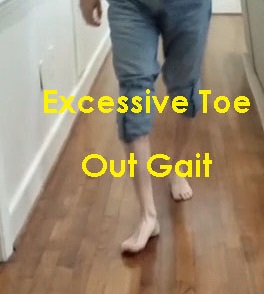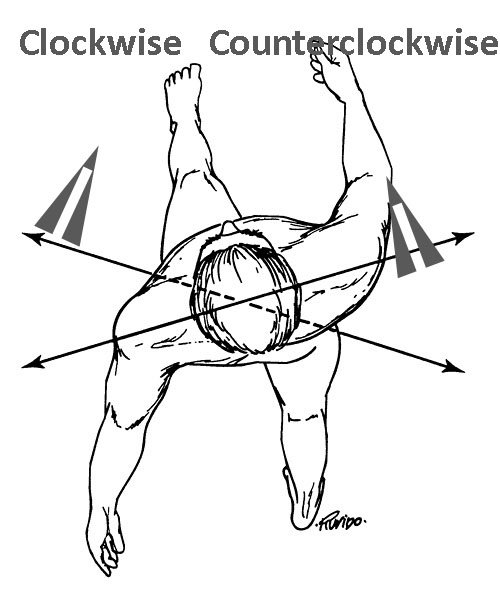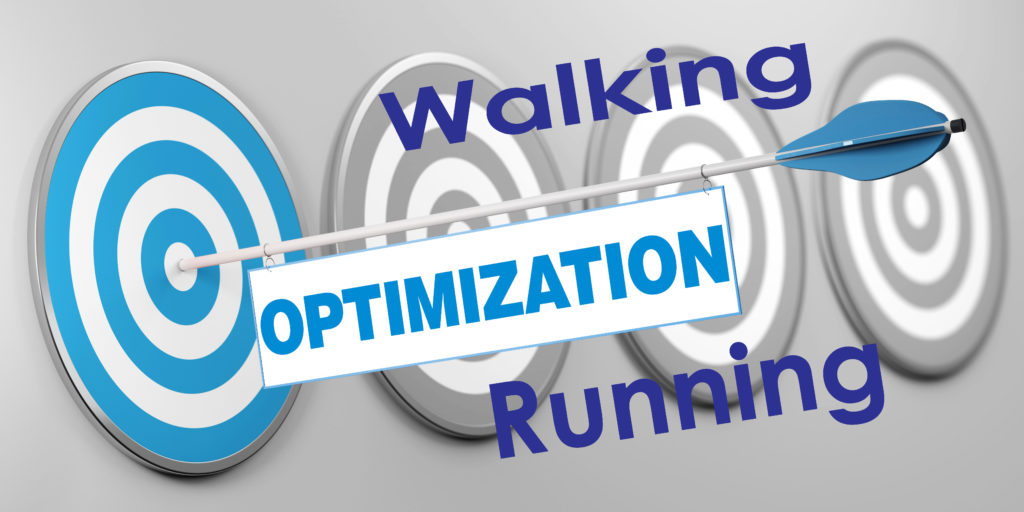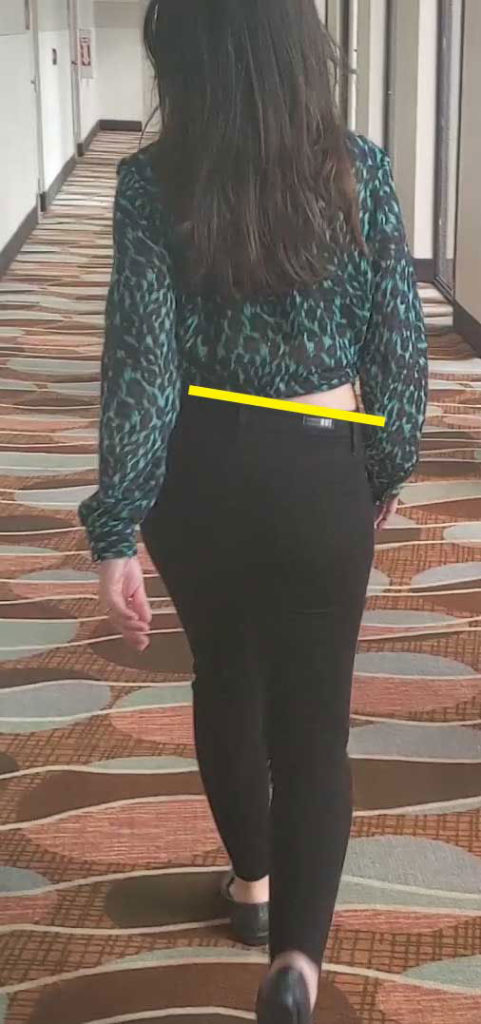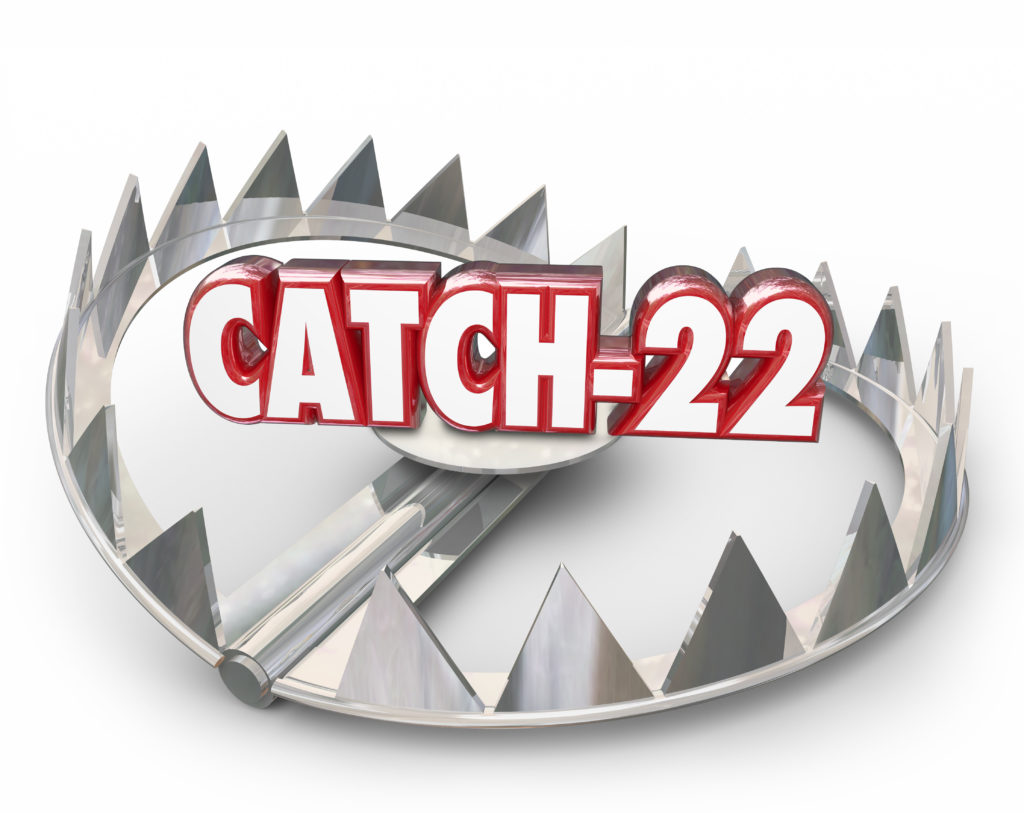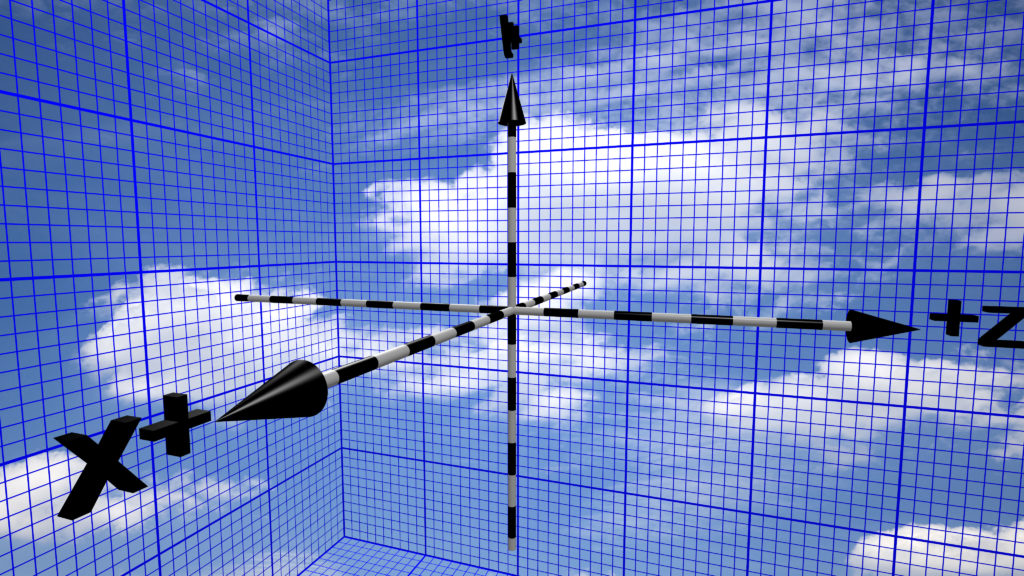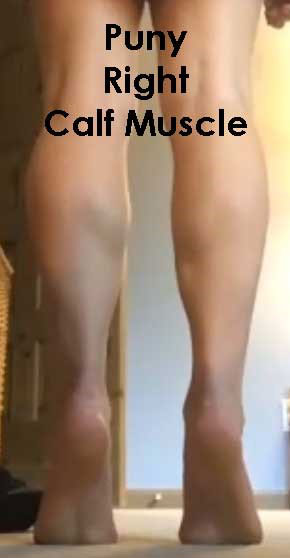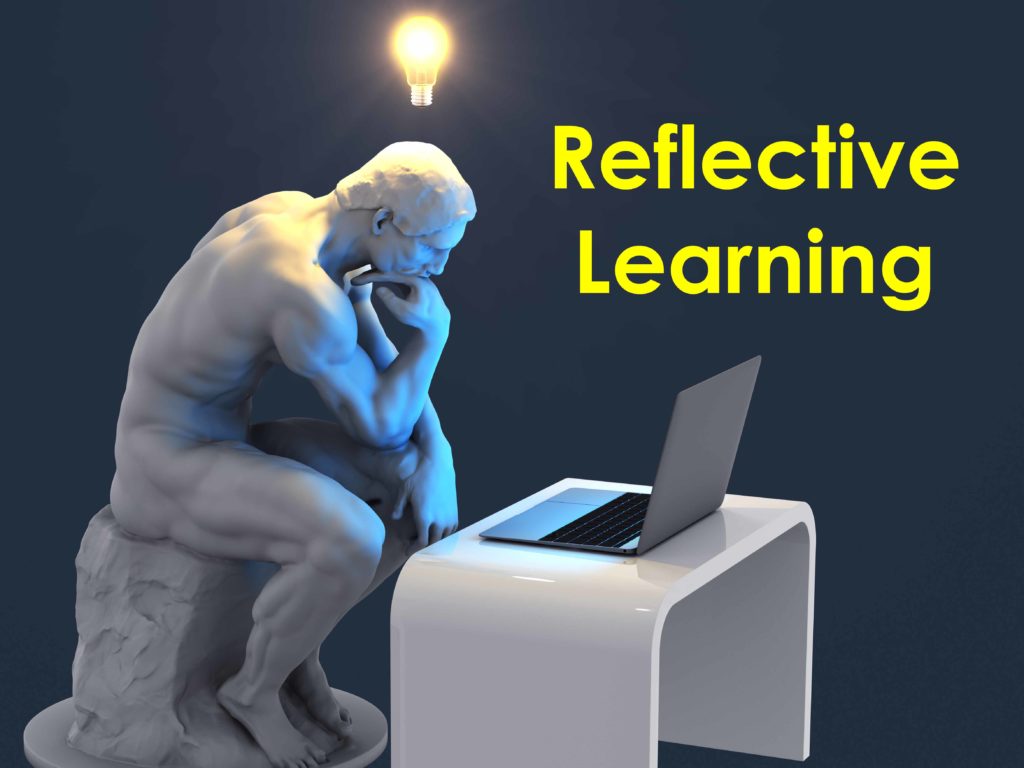Posts Tagged ‘Gait Analysis’
Deviant movement resulting in pain – Excessive Toe Out Gait
Asymmetrical movements walking or running are considered deviant or less than optimal movements. The individual in the video below is complaining of musculoskeletal pain in the left lower extremity. What do you see? Do you see the asymmetrical movement? Do you see the right foot is pointing straight ahead, and the left foot is not…
Read MoreUsing a selfie video for motion analysis
A selfie video can enhance motion analysis for the diagnosis and intervention of painful musculoskeletal injury, for injury prevention, and for enhancing movement performance. A selfie video is a video recording that you take of yourself, also called a velifie A selfie video can: Provide opportunities for reflective self-learning. Provide visual data regarding comparing…
Read More“Deme Bones” – inter-limb deviation related to the musculoskeletal pain syndromes
“The toe bone is connected to the foot bone” is the common reframe from the old gospel song “Dem Bones.” The concept of mechanical connectedness or regional interdependence applied to musculoskeletal pain syndromes suggests that in addition to examining a patient’s local area of complaint examination of the adjacent joints above and below the primary…
Read MoreWalk this way – Run this way
What way should we walk? What way should we run? Mel Brooks and Gene Wilder wrote the script for the movie “Young Frankenstein” in which the character Igor the hunchback shows Dr. Frankenstein “this way”, and hands him his cane, expecting Dr. Frankenstein to mimic his hunched, contorted shuffle, which Dr. Frankenstein cordially does. This…
Read MoreSensory preference & learning optimal movement
There are many cognitive strategies to cue, prompt, and provide feedback to improve movement. Theory of focus of attention The dominant theory proposed by Gabriele Wulf and colleagues is providing cueing, prompting, or feedback to facilitate learning to move in a more optimal way is using an external focus of attention is more effective and…
Read MoreCatch 22 – Underutilization of 2D Slow-Motion Video Analysis
Why is there low utilization of 2D slow motion video analysis of movement by Physical Therapists? There are many advantages for using 2D slow-motion video analysis for management of movement disorders including increased accuracy of diagnosing movement impairments; improved communication with patients and healthcare team; increased engagement of the patient; and improved understanding of movement…
Read MoreOptimizing human movement requires clarity of description of movement
To know where you are going you must first know where you are. To optimize human movement, analysis of human movement is required. To identify optimal human movement clear qualitative and quantitative descriptions are needed. When describing human movement confusion occurs when we fail to clearly identify a frame of reference and reference point. A…
Read MoreWhole vs part method of learning to walk/run a new way: deviant to less deviant
When learning a new physical skill an individual, therapist, or coach can choose to practice a new skill in whole or part. Motor skills learning can be practicing the whole movement or part of the movement. In whole practice acquiring a skill is by practicing the movement in its entirety, whereas the part that practices…
Read MorePuny Calf Muscles Syndrome
It is time to replace the common belief that stretching exercises should occur before exercise or sporting activity with a newer concept that strengthening exercises for the calf muscles should occur before exercise or sporting activities. During warm up for exercise & sporting activity make a conscious effort to walk with spring in your step. Reactivating & reversing puny calf muscles can prevent injury, increase athletic performance, forestall old person shuffle, & look better.
Read MoreUsing slow-motion video for continuing education & professional development of healthcare provider
If a picture is worth a thousand words what is a slow-motion video worth? A video image of movement can facilitate our innate skill of curiosity the need or desire to know and learn. Physical therapists are movement specialists who observe human movement, analyze it, and develop plans to manage movement system impairment syndromes.…
Read More
